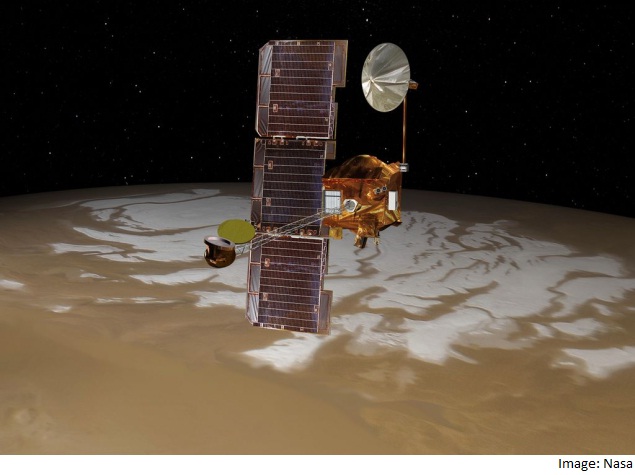
Odyssey, which discovered widespread water ice just beneath the surface of the Red Planet, is still going strong, serving as a key communications relay for Nasa’s Mars Rovers and making continued contributions to planetary science, Nasasaid in a statement.
“This orbital milestone is an opportunity to celebrate Odyssey’s many achievements,” said Jim Green, Nasa’s director of Planetary Science.
“Odyssey will continue to help lay a foundation for the first humans to Mars in the 2030s through Nasa’s Journey to Mars initiative,” Green added.
Odyssey’s orbital milestone translates into about 1.43 billion kilometres traversed by the spacecraft.
In addition to the 460 million km covered on its trip from the Earth to Mars, the spacecraft is a high-mileage vehicle like no other, but remains in fine condition.
“The spacecraft is in good health, with all subsystems functional and with enough propellant for about 10 more years,” said David Lehman, project manager for the Mars Odyssey at Nasa’s Jet Propulsion Laboratory (JPL) in Pasadena, California.
“Upcoming observations will focus on what is happening in the Martian atmosphere in the morning, such as clouds, hazes and fogs, and on frosts on the surface that burn off by later in the day,” said Jeffrey Plaut, Odyssey project scientist at JPL.
To date, Odyssey’s Thermal Emission Imaging System (THEMIS) has yielded 208,240 images in visible-light wavelengths and 188,760 in thermal infrared wavelengths.
[“source-gadgets.ndtv.com”]
